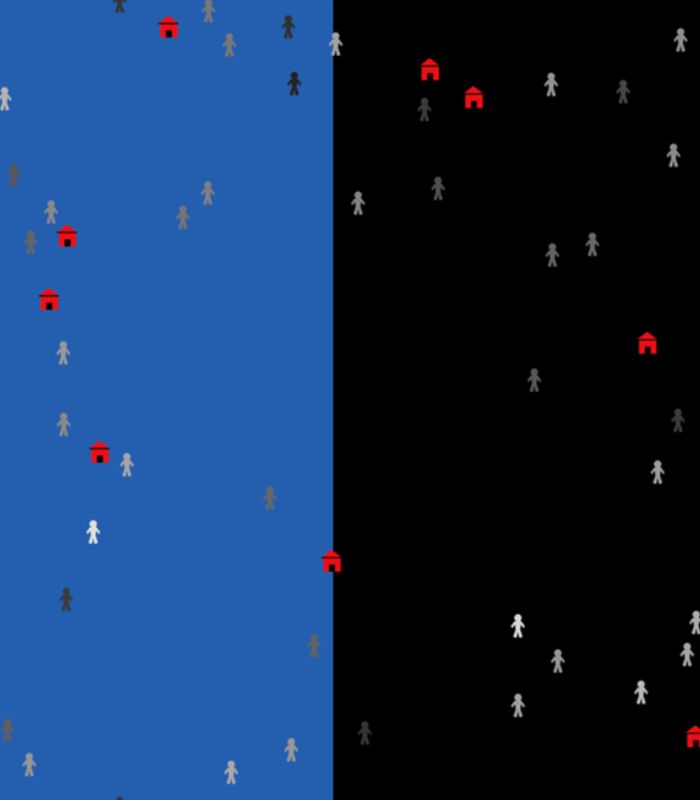Review of Existing Materials, Public Engagement Plan and Methodology for OPTIMA's workflow
As part of OPTIMA's vision we will conduct a thorough and comprehensive review of the following existing place-based health inequality evidence that makes a case for 20-minute neighbourhood decision making.
Work Package 1: Stakeholder engagement, systems exploration and evidence integration
Activity: Bring together current scientific evidence and lived experience. Quantify what is missing from the current evidence. Ongoing interface with public and policy.
(Elsenbroich, support:Hjelmskog, Waite, Stokes, RA1: MO-M36)
Work Package 2 Data insights for prioritisation and planning
Activity: Bring together geographical and individual-level synthetic population data. Categorise the current types of neighbourhood.
(Mitchell and Olsen, support: Hohn, RA2; MO-M20)
Work Package 3: Simulating future health inequality outcomes
Activity: Integrate the current and new evidence and data. Test model and out comes of different policy scenarios.
(Heppenstall, support: Kwnon Meier, RA2/3; M6-M36)
Work Package 4: Filling key gaps and evaluability
Activity: Engage early (via Work package 1 and evaluability assessment) to ensure robust evaluation. Fill key gaps identified in current evidence.
(Craig and Munford, support: RA3; M13-M36)
Patient and public involvement (PPIE)
Activity: Hold research to account and provide scrutiny for public benefit and impact. Specific input to research process and outputs of all Work Packages.
What is an agent-based model (ABM)?
An agent-based model (ABM) is a way to represent a system, and its interactions, from the bottom up. By programming the ‘rules’, or behaviours, that we expect agents to take, we can see how these emerge into system level measures.
For example, agents might be individuals living in a neighbourhood and the rules they follow when choosing whether to walk or drive to a service, and whether to visit one service rather than another; and/or the services themselves can be considered agents, choosing where to locate based on the numbers of customers they can attract, and what items to stock for this customer base.
By modelling agents interacting with each other, and with their environment, we can say what we might expect to happen to outcomes down the line, such as health outcomes and the health inequalities across areas depending on where people end up over time.
Once we have our system set up, we can then simulate who might benefit or lose out under different scenarios by making changes to the system that represent policy choices. For instance, where to locate new services, or how to incentivise them to locate in one place rather than another. Doing this while working with stakeholders as they are actively making decisions can help inform their decision-making drawing on best evidence.
Have a look at this ‘toy model’ that illustrates how an ABM can work and one of the important concepts of health inequalities: health is something that belongs to individuals, so they take their health with them when they move. These dynamics can impact measures of health inequalities across areas, even if total population health stays exactly the same.


